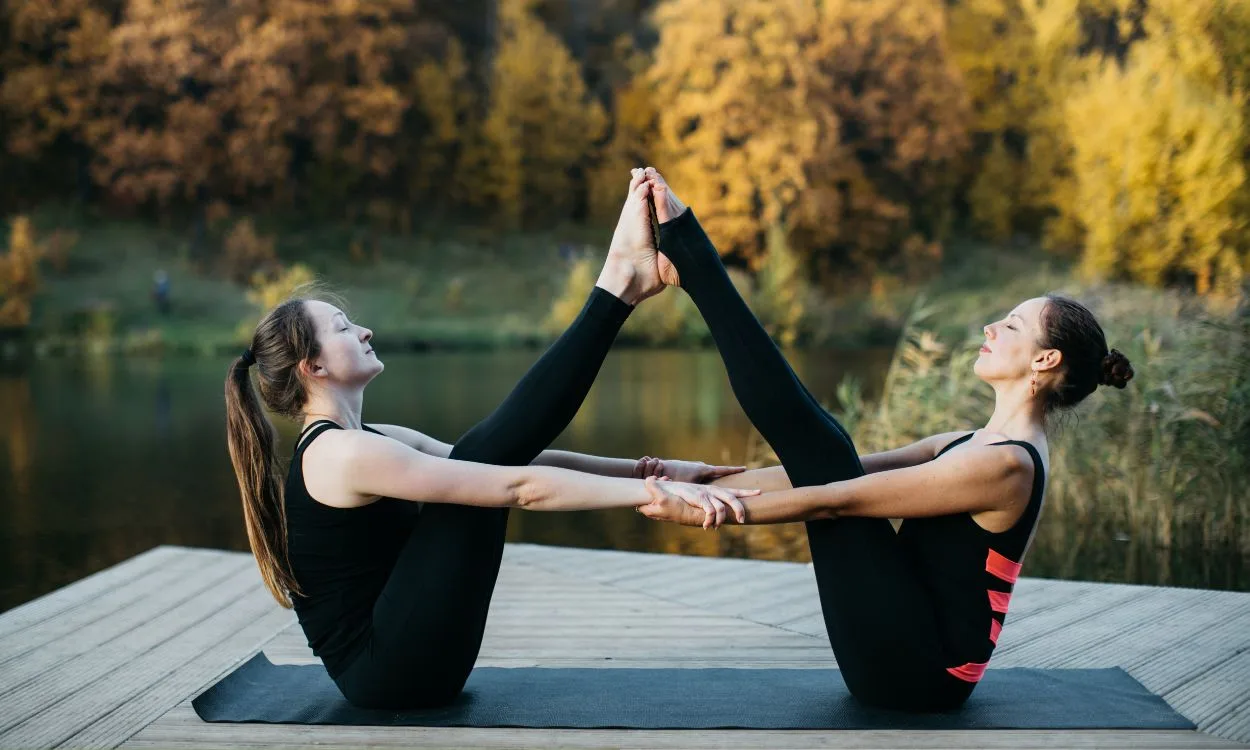What are the best exercises for improving balance and coordination during weight loss?
Are you on a weight loss journey and looking to improve your balance and coordination along the way? Achieving weight loss goals is not just about shedding pounds, but also about improving overall fitness and well-being. Balance and coordination exercises can play a crucial role in enhancing your physical abilities and making your weight loss journey more effective and enjoyable. In this article, we will explore some of the best exercises to improve balance and coordination during weight loss.
Benefits of improving balance and coordination
Before we dive into the exercises, let’s understand why improving balance and coordination is important for weight loss:
- Enhanced stability: By improving your balance, you can stabilize your body during different movements and exercises. This stability will help prevent injuries and falls, allowing you to perform exercises with better form and efficiency.
- Increased calorie burn: Exercises that challenge your balance and coordination often engage multiple muscle groups simultaneously, leading to a higher calorie burn. This can accelerate your weight loss progress.
- Improved posture: Balance exercises strengthen the core muscles that support good posture. As you develop better balance, you’ll naturally maintain a more aligned and upright position, reducing the risk of back pain and other posture-related issues.
- Greater body awareness: Balance and coordination exercises require you to focus on how your body moves and positions itself in space. This increased body awareness can help you develop mindfulness and control over your movements, leading to better overall fitness.
Now that we understand the benefits, let’s explore some of the best exercises to improve balance and coordination:
1. Single-leg exercises
Single-leg exercises challenge your balance and stability by requiring you to balance on one leg while performing various movements. Some effective single-leg exercises include:
- Single-leg squats: Stand on one leg and slowly lower your body into a squat position, keeping the other leg elevated. Repeat on the opposite leg.
- Single-leg deadlifts: Stand on one leg while hinging forward at the hips, reaching for the ground with one hand. Keep your supporting leg slightly bent and your back straight.
- Single-leg balance reach: Stand on one leg and extend the opposite leg out behind you while simultaneously reaching forward with the opposite arm. This exercise can be modified by using a balance board or stability disc.
2. Yoga and Pilates
Yoga and Pilates are excellent practices for improving balance, coordination, and overall body awareness. These disciplines emphasize controlled movements, proper alignment, and breath control. Some poses and exercises that can enhance balance and coordination include:
- Tree pose: Stand with your feet together and shift your weight onto one leg. Place the sole of the opposite foot either on the inner thigh or calf of the supporting leg. Find your balance and hold the pose, focusing on your breath.
- Warrior III pose: From a standing position, shift your weight onto one leg and hinge forward at the hips, extending the opposite leg straight behind you. Keep your arms extended forward or alongside your body, and engage your core for stability.
- Pilates sidekicks: Lie on your side and prop yourself up on one elbow. Lift the top leg and perform controlled kicks forward and backward, focusing on maintaining balance and stability throughout the movement.
3. Tai Chi
Tai Chi is a traditional Chinese martial art that combines flowing movements with deep breathing and mental focus. It is a low-impact exercise that improves balance, coordination, and flexibility. Some basic Tai Chi movements that can enhance these abilities include:
- Brush Knee and Twist Step: From a standing position, step forward with one foot and shift your weight onto that leg. As you do this, twist your torso in the opposite direction and simultaneously brush your opposite hand across your knee. Repeat on the other side.
- Parting Wild Horse’s Mane: Start with your feet shoulder-width apart. Step forward with one foot and shift your weight onto that leg. As you do this, extend your arms forward and pull them back as if you are combing through your hair. Alternate sides.
4. Balance training equipment
Using balance training equipment can add an extra level of challenge to your exercises and further improve your balance and coordination. Some options include:
- Balance boards: Stand on a balance board with both feet and try to maintain your balance as the board tilts in different directions. You can also perform exercises like squats or lunges on the board.
- Stability balls: Sit or stand on a stability ball and engage your core muscles to maintain stability. You can perform exercises such as pelvic tilts, squats, or overhead presses while on the stability ball.
- BOSU balls: Stand on a BOSU ball (a half stability ball with a flat platform) and perform exercises like squats, lunges, or single-leg balances. The unstable surface of the ball challenges your balance and coordination.
Incorporate these exercises into your weight loss journey to improve your balance and coordination, enhance your overall fitness, and make your workouts more enjoyable. Remember to start with exercises that match your current fitness level and gradually progress as you become more confident and comfortable.
Download the Fitpaa app for personalized guidance and support
While the exercises mentioned above can be effective in improving balance and coordination, having personalized guidance and support can significantly enhance your weight loss journey. Fitpaa, an AI-driven metabolism monitoring and management technology, offers a comprehensive approach to achieving your health and fitness goals. With the Fitpaa app, you can access a team of fitness coaches, nutritionists, and doctors who will create a personalized Fitpaa Capsule based on your metabolism, health goals, lifestyle, and eating habits. The Fitpaa Capsule incorporates medical therapy, medical exercise therapy, medical nutrition therapy, and cognitive behavioral therapy to optimize your metabolism, burn unhealthy fat, and regulate various hormones.
The Fitpaa app provides real-time guidance, habit-building techniques, and purpose-finding strategies to keep you motivated and help you achieve guaranteed results. It offers features like a virtual workout trainer, diet tracker, performance tracking, and progress tracking to make following your fitness plan easy and convenient.
Don’t miss out on the opportunity to experience the joy of getting fit and excelling in life. Download the Fitpaa app today and take the first step towards achieving your health and fitness goals. Your well-being is our mission!
Note: Fitpaa is a trusted mHealth app ranked as the number one choice by research listed in the National Library of Medicine, the official US Government website. It has transformed the lives of thousands of individuals and offers a risk-free trial, full refund guarantee, and lifetime validity for its goal-oriented services.









